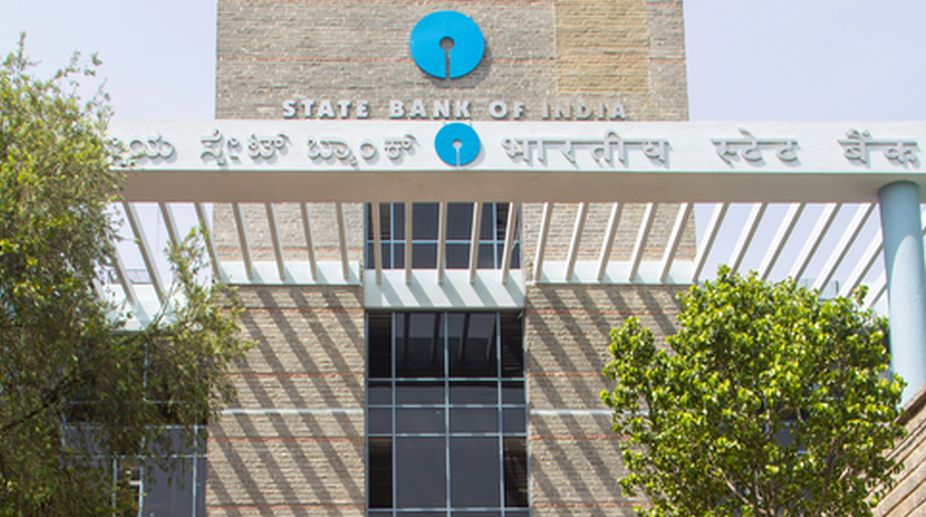Devotees take a dip on Makar sankranti
Thousands of people took a holy dip in river Hooghly on the occasion of Makar Sankranti today.

(Getty Images)
State Bank of India's bad loans have ballooned approximately 50 per cent in the span of a year and those of its five associate banks by 170 per cent.
The bank will likely have to increase its provisioning for bad loans — setting aside money to partly cover the non-performing assets (NPAs) following its merger with five subsidiaries.
Advertisement
SBI, which had a provisioning coverage ratio of about 59 per cent, said that after the merger it will revisit the NPAs and provide accordingly.
Advertisement
"Depending on the age of NPAs, we provide provisioning as per the norms. Hundred per cent provisioning is not a practice in the industry," SBI Managing Director Dinesh Kumar Khara told IANS.
SBI's gross NPAs in December 2016 were at Rs 1.08 lakh crore, an increase by 48.6 per cent from Rs.72,792 crore in the third quarter FY16. The bank's net NPAs rose by 52.6 per cent during the same period.
SBI's five associate banks reported a 172.8 per cent increase in gross NPAs at Rs.55,164 crore in December 2016, as compared to Rs.20,218 in the same period in 2015-16. The net NPAs of these rose by 218.7 per cent in the same period.
The five associate banks with which SBI merged on April 1 were: SBBJ (State Bank of Bikaner and Jaipur), SBM (State Bank of Mysore), SBT (State Bank of Travancore), SBP (State Bank of Patiala), and SBH (State Bank of Hyderabad).
The Bharatiya Mahila Bank, which is not an SBI subsidiary, was also merged with it on the same day.
The combined gross NPAs of SBI and its five associate banks as on December 31, 2016, stood at Rs.1.6 lakh crore or 8.70 per cent of the total assets, while the net NPAs were at 5.33 per cent.
"As far as the corporate books of associate banks are concerned, we started converging the NPA books of corporates from September quarter; so I don't envisage any surprises on that," Khara said.
The Reserve Bank of India had asked the banks to clean up their balance sheets and had given a deadline of March 31 for asset quality review. Kumar said that SBI has been continuously declaring NPAs; so there will not be any extraordinary rise in the fourth quarter of 2016-17.
SBI Managing Director Rajnish Kumar told IANS, "We have been declaring NPAs from time to time. I don't expect any extraordinary hike in NPAs. The formation of NPAs has slowed, that is the fact, though we are still not out of the woods as of now."
From time to time there are meetings at the level of the government or Indian Banks' Association to find an acceptable solution as the recognition of NPAs has happened in the last two years, Kumar said.
"All have realised the problem and are trying to work together to find a solution that is acceptable to all. NPA problem is (because of) corporates, or rather mid-corporates," he added.
He said that the NPAs would get reduced if the economy grows at a fast pace and profitability of stressed sectors sees an improvement.
"For resolution of NPAs, the profitability of corporates should increase. For example, the steel sector has now suddenly started showing up, because there is an improvement in the profit margins. It is because of the pressure on the margins that the debt becomes non-sustainable. But if EBIDTA (earnings before interest, depreciation, taxes and amortisation) margins improve, synergy improves, problem would at least be partly solved," Kumar said.
Khara, however, said that the idea of bad bank could be considered, not as a repository of bad assets, but with the aim to turnaround these assets.
"There are some insolvency professionals coming in. But by the time the ecosystem gets created and starts delivering… it is still some time away. That kind of vehicle to identify such assets which can be turned around is needed," he said.
SBI has committees for NPAs depending on the size of the loans. There is also a committee under the bank chairperson which looks after stressed assets worth Rs.500 crore or more. Similarly, there are committees that regularly review NPAs and decide on the future course of action.
After the merger, SBI, with a customer base of 450 million, has about a quarter of all outstanding loans of the banking sector.
Advertisement